#Canterbury
Text

Join the cult, it's free and fun when your leader is the lamb Alois!!!!!!
#black butler#kuroshitsuji#black butler 2#kuroshitsuji 2#black butler art#black butler fanart#kuroshitsuji fanart#kuroshitsuji art#alois trancy#our ciel#o!ciel#ciel phantomhive#claude faustus#hannah annafellows#demon triplets#thompson#timber#canterbury#cult of the lamb#cotl#I miss this game I need to play it again it's so fun#my art#art#fanart#doodle
170 notes
·
View notes
Text
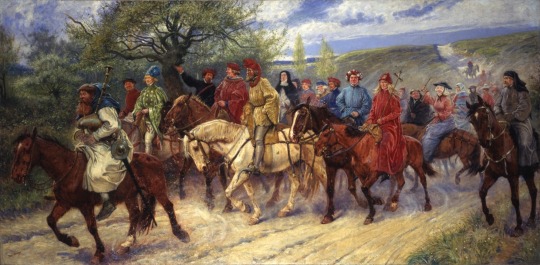
The Canterbury Pilgrims by Paul Hardy
#the canterbury tales#art#illustration#paul hardy#canterbury#pilgrims#england#medieval#middle ages#english#geoffrey chaucer#chaucer#history#canterbury tales#tales of caunterbury#st thomas becket#saint thomas becket#kingdom of england
392 notes
·
View notes
Text





Catedral de Canterbury UK
471 notes
·
View notes
Text
Population: 55,240
40 notes
·
View notes
Text

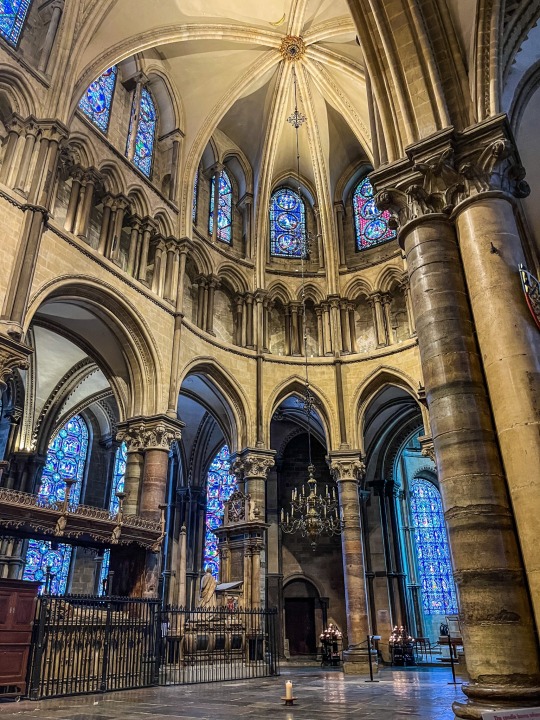
i have acquired a cathedral pass, meaning i can visit canterbury cathedral any time i want, and i’m going to be abusing that privilege
#cathedral#dark academia#dark academia aesthetic#catholism#aesthetic#canterbury#canterbury cathedral#church#mine#benefits of living next to the cathedral
87 notes
·
View notes
Photo



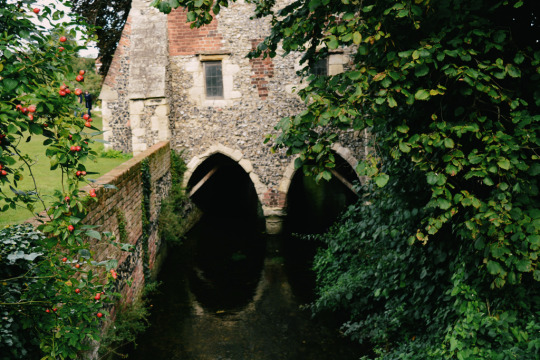




canterbury, kent, england, september 7th, 2015
271 notes
·
View notes
Photo
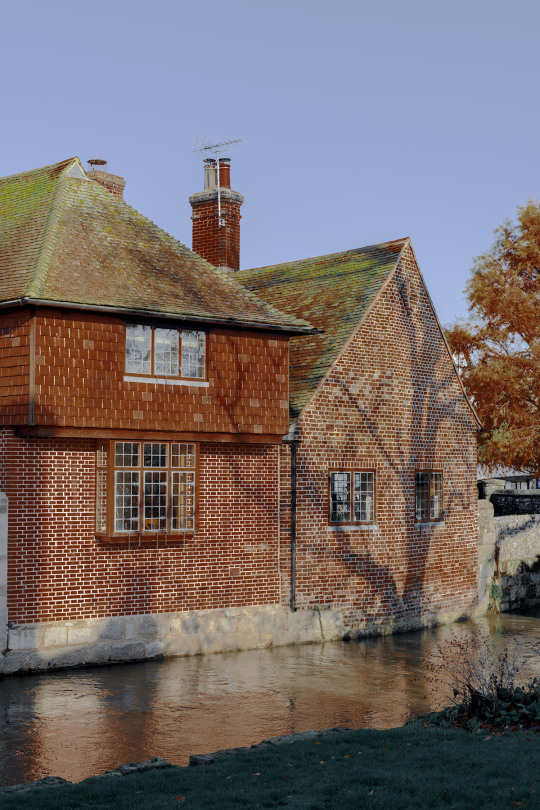
Photography by Xuebing Du
Instagram: xuebing.du
289 notes
·
View notes
Text

Belt Man - 1966 ad for Canterbury belts
#belt man#canterbury#vintage#1966#1960s#ad#ads#advertising#advertisement#vintage ad#vintage ads#vintage advertising#vintage advertisement
63 notes
·
View notes
Text
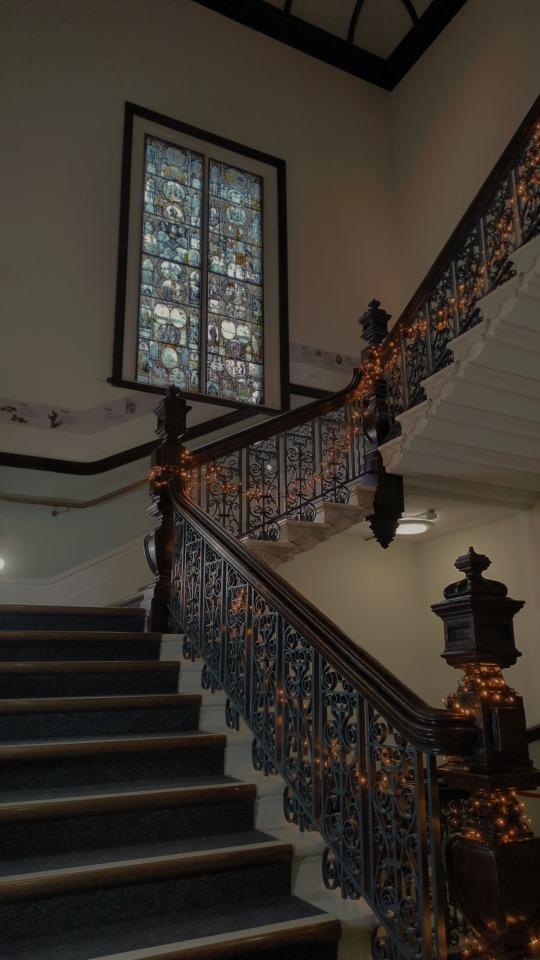
Beauty is terror. Whatever we call beautiful, we quiver before it.
- The Secret History, Donna Tartt
#dark academia#dark academia aesthetic#aesthetic#dark aesthetic#books & libraries#academia#books#canterbury#the secret history#donna tartt#Spotify
20 notes
·
View notes
Text

Few cathedral towns feel as authentic as Canterbury in high summer
#Canterbury#Kent#River Stour#Garden of England#summer#cathedral towns#architecture#flower beds#stonework#UK
119 notes
·
View notes
Text
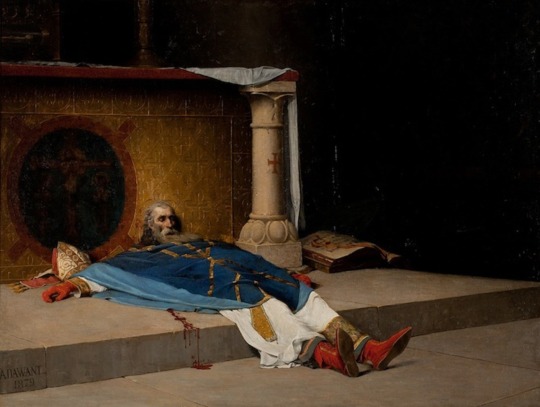


The Murder of St Thomas à Becket by Albert Pierre Dawant
#thomas becket#martyr#saint#martyrdom#murder#canterbury cathedral#archbishop#priest#canterbury#england#english#normandy#art#history#medieval#middle ages#christianity#christian#cathedral#europe#european#henry ii
151 notes
·
View notes
Text

Catedral de Canterbury UK
112 notes
·
View notes
Photo

Oceania, New Zealand, Canterbury, Kaikoura - webcam
65 notes
·
View notes
Photo

Crossing, Canterbury Cathedral, Kent, 2009.
12 notes
·
View notes
Text

A view of Canterbury, Kent, UK
©pierre-yves chassaigne
#original photographers#photographers on tumblr#photography#original photographer#pierre yves chassaigne photography#pierre yves chassaigne#isu#imiging#pws#photozine#photoblog#canterbury#uk
8 notes
·
View notes
Text
Anonymous asked: I read your post on the philosophical defence of monarchy and I’m impressed with the way you mounted such a formidable argument in favour of it. The flaw in your argument is how old you portray the monarchy’s ancient origins to lend legitimacy to its rule. How can you say the rituals and traditions of the British monarchy are ancient if the coronation itself took place in an Anglican church after the Reformation? That makes it a modern invention not ancient. Your fancy intellectualizing is built on a house of cards.
Thank you for at least reading my post even if you haven’t quite understood what I did write. The flaw in your reasoning is to conflate the British monarchy with the the tumultuous changes of the Reformation in England alongside the establishment of the sovereign as the head of the Church of Engand.
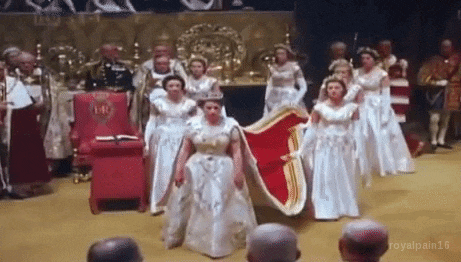
The coronation of a new monarch in the Anglican church had not been going on since the Reformation but goes back even further before the Reformation. Your mistake is to wrongly date the Anglican church. People forget this but the Church of England was established by St Augustine of Canterbury in 597 CE.
Almost nothing is known of the early life of the man who brought Christianity to medieval England. Augustine was most likely living as a monk in Rome when in 595, Pope Gregory the Great chose him to lead a mission to convert the pagan Anglo-Saxons to the Christian faith. Christianity had been present in England during Roman times, but with the arrival of the Saxons, most of the country had once again reverted to paganism.
England in the 6th century was divided into many warring kingdoms. Of these, it was Kent that was chosen as the place to begin Augustine’s mission in England, most likely because of the powerful position of its ruler, King Æthelberht.
The story of St Augustine’s arrival in England has become the stuff of legend, and was first told by the 8th-century monk and historian Bede, writing 140 years after the events took place. Bede describes how when Augustine arrived in Kent, Æthelberht met the monk and his 40 companions outdoors, because the pagan king was scared of the new arrivals practising sorcery.
The monks are said to have held up a silver cross and a panel painted with the image of Christ. We are told that King Æthelberht, while wary of his visitors, did allow them to preach to the gathering.
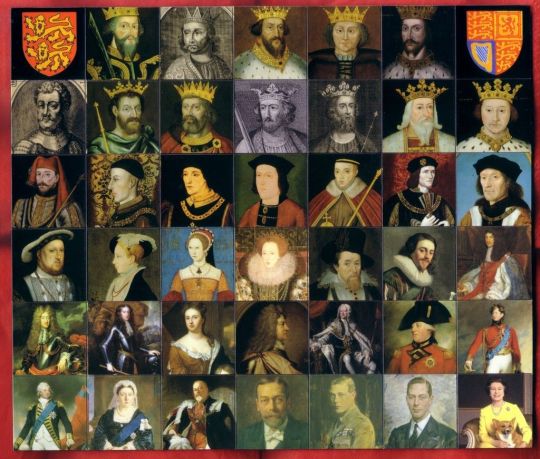
King Æthelberht was most likely accompanied by his wife, Queen Bertha. Bertha was a Frankish princess who was already a Christian, despite her marriage to a pagan king. It is thought that the presence of Bertha may have been another reason for Augustine to begin his mission in Kent. She is known to have been in contact with the Pope around this time, and the fact that her husband allowed her to practise Christianity perhaps suggested that he might also be sympathetic to Augustine’s mission.
King Æthelberht did not immediately convert to Christianity, but he did treat Augustine and his companions with hospitality. They were given freedom to preach and invited to reside in Canterbury, the capital of Kent. Augustine and his companions held services in the ancient church of St Martin’s, which is believed to be the church that Queen Bertha herself worshipped in.
Eventually, King Æthelberht did convert, and the abbey of St Peter and Paul (later rededicated to St Augustine) was founded in Canterbury in about 598. Augustine became the first Archbishop of Canterbury, a role that to this day is still the most senior cleric in the Church of England.
There were many advantages for Augustine in gaining royal support for his mission. King Æthelbert’s gifts enabled the creation of a school and a library at the abbey, which in turn established it as an important seat of learning. Pope Gregory even sent books from Rome to fill the abbey’s bookshelves.
Æthelberht also provided protection to the new Christian church. He made laws that protected church property and punished transgressions against the Church even more harshly than those against the Crown. These charters may have been drawn up under the guidance of Augustine himself. Augustine was clearly a shrewd man who knew that royal support was essential if his mission was to be successful.
It is known that Augustine died on 26 May, though scholars still argue over whether the year was 604 or perhaps 609. Christianity continued to spread throughout the other English kingdoms in the years that followed St Augustine’s first mission, but its progression was not smooth. Not all of the successors to the converted Anglo-Saxon kings were Christian, including some of those that followed Æthelberht in Kent. The Christianisation of the Anglo-Saxon kingdoms was finally completed at the end of the 7th century, when the Isle of Wight’s last pagan king, Aruald, died in 686.
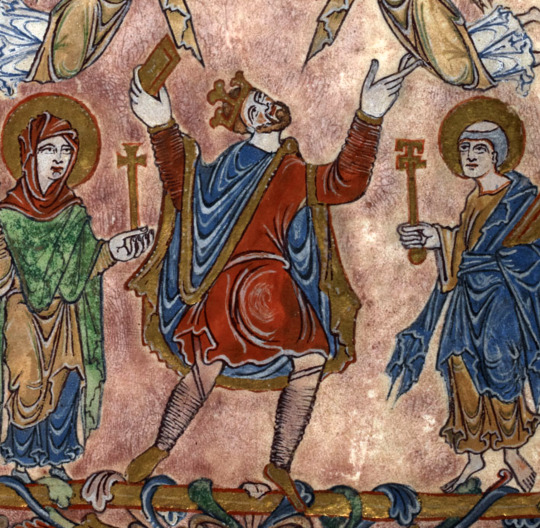
It was Edgar (known as King Edgar the Peaceful) who became the first king to be coronated under the sacred auspices of the Church of England. When he was coronated in 973, this was the first time a king was coronated as king of England. When his uncle Aethelstan had united the various kingdoms of Wessex, Mercia, Northumbria, and East Anglia, this was achieved over time, whereas Edgar came to power as King of a united England.
His coronation as King of England has become the model for coronations, and the oath he gave at his coronation in 973 is the oath still given by British monarchs upon their coronations. The oath required the king to carry out three duties: first, to protect the church and the peace of the land; second, to establish the rule of law and forbid criminally in all classes of subjects, even the nobles; and third, to use justice and mercy in all judgments, which is to say, to be impartial, fair, and not vindictive or cruel, nor to show favoritism or let friends off easily.
Edgar consolidated the unity of England established by his uncle (his father’s much-older half-brother) Aethelstan the Glorious (ruled 924-940) so that England never afterwards experienced a long-term division back into the minor kingdoms (of York, Northumbria, Mercia, Wessex, East Anglia, etc.)
Edgar, lest we forget, was a great-grandson of Alfred the Great. Edgar was the father of Edward the Martyr (ruled 975-978) and Aethelred The Badly-Counseled (“Aethelred the Unready”, who ruled 978-1016). He was thus the grandfather of Edmund Ironside (ruled 1016) and Edward the Confessor (ruled 1042-1066). And then we get to William the Conqueror and 1066 and all that...
So in effect all that happened at the Reformation under Henry VIII is that the Church of England declared its independence from the Pope; its internal administrative structure remained the same.
Freed from Papal control, the Anglican Church went on to diverge in doctrine as well over the following years, though not as much as most other Protestant churches.
The coronation ceremony for British monarchs based on the rites first used to crown King Edgar in the year 973 continued to be used after Henry VIII’s time.


The modern ceremony is not identical, of course; for one thing, it’s in modern English not Anglo-Saxon or Latin. However, each new version of the ceremony to crown a new monarch was based on the previous ceremony, in a direct chain of evolution.
The liturgy described in the Liber Regalis, written in the 14th century and itself based on earlier precedent, is still regarded as definitive. The mediaeval manuscript is kept in Westminster Abbey, the Anglican cathedral where most new monarchs have been crowned ever since 1066.
Interestingly, James VI of Scotland had the Liber Regalis translated into English for his own coronation in England in 1603, and subsequent coronations have drawn from it as their basis: though with variations and changes to suit their particular requirements. In the 20th century there was a movement to bring back more elements of the more ‘authentic’ early ceremony.
A ceremony which was first performed 1045 years ago and still follows the same basic format today surely qualifies as ‘ancient’ by most standards and doesn’t need ‘fancy intellectualising’.

Thanks for your question.
#ask#question#monarchy#edgar#king edgar#coronation#royalty#church of england#anglican church#catholic church#reformation#society#history#st augustine#canterbury#england
71 notes
·
View notes